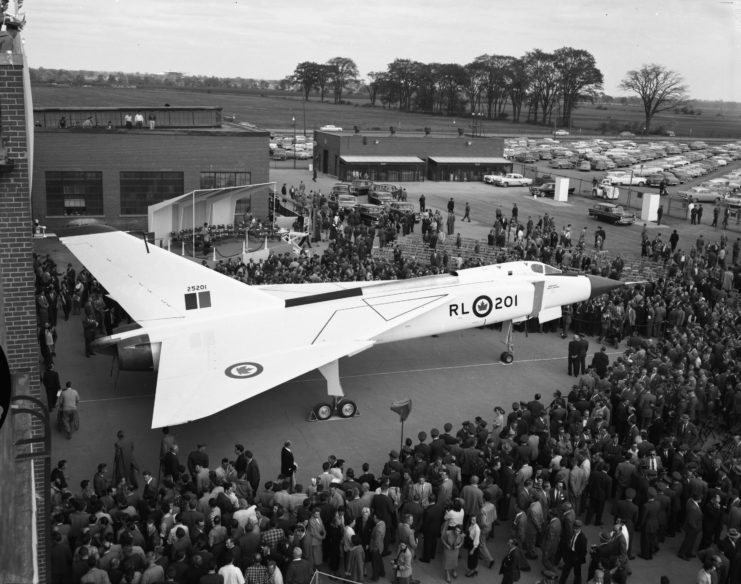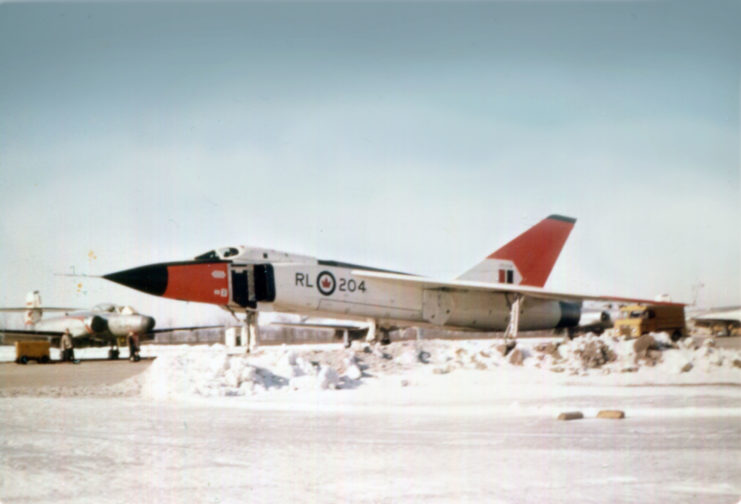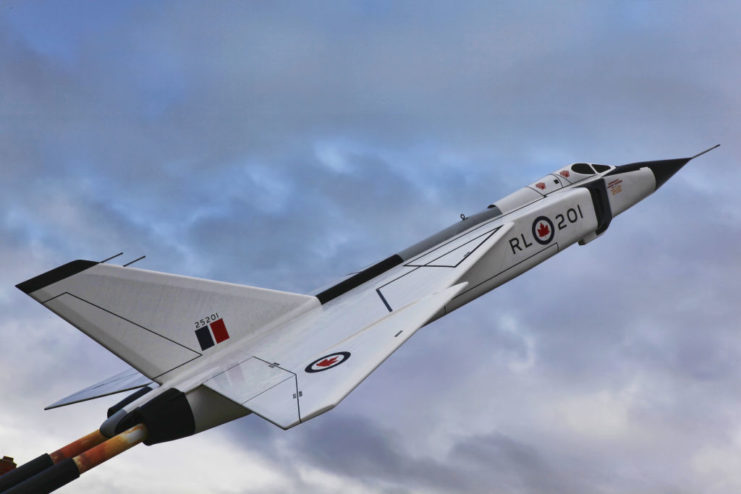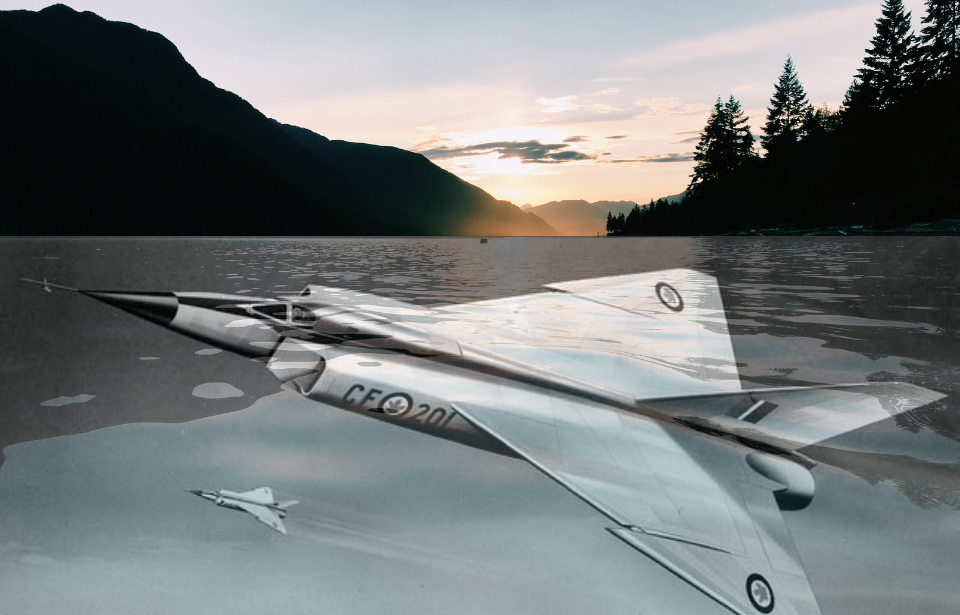Avro Canada’s CF-105 Arrow was an advanced aircraft that established Canada as a major player in the aviation industry. This Cold War-era jet interceptor was created to counter the threat of Soviet bombers, but its development was ultimately canceled after costs soared to over $1 billion CAD. Although relatively little is known about the Avro Arrow compared to other aircraft from that era, a 2017 discovery at the bottom of Lake Ontario provided new insights into its innovative design.
The Avro Arrow was Canada’s most significant aviation innovation

The Avro Arrow was a supersonic jet interceptor created by Avro Canada in the 1950s. Born out of Cold War tensions, the Arrow was designed to address fears that Soviet bombers might target North America by flying over the Canadian Arctic. Its purpose was to serve as a nuclear interceptor capable of reaching greater altitudes and speeds than any other aircraft of its kind.
Many manufacturers declined the opportunity to build the Arrow due to its unique specifications, but Avro Canada seized the challenge, leveraging the country’s highly skilled aviation workforce to bring this ambitious vision to life.
The project became a monumental effort, resulting in some of the most advanced aviation technology the world had ever seen. The Arrow was an impressive machine, weighing almost 49,000 pounds empty and boasting a 50-foot wingspan. It made history by introducing the first computerized flight control and weapons systems globally and could reach speeds nearly double that of sound.
The project was ultimately shelved

The testing process for the Avro Arrow was extensive, relying heavily on wind-tunnel testing and experiments on smaller models. Nine of these were one-eighth the size of the actual aircraft and launched on rockets over Lake Ontario, where many still rest beneath the waves.
The Avro Arrow was unveiled in 1957, and her historic first flight a year later broke not just one but four speed records. Sadly, this high-tech aircraft’s career was cut short when Canadian Prime Minister John Diefenbaker slashed the funding to a number of federal programs. With a price tag of $1.1 billion CAD, the Arrow was definitely costly for a country with a small population and less-extensive military.
The end of the Avro Arrow left over 14,500 workers without a job. All related materials were destroyed, while the nine scale model aircraft were left at the bottom of Lake Ontario.
Searching for an (Avro) Arrow in a haystack

In 2017, a new initiative to recover the sunken Avro Arrows from Lake Ontario was launched as part of Canada’s 150-anniversary celebrations. OSISKO Mining Inc. lead the project with support from OEX Recovery Group Inc., which used sonar to locate the underwater resting places of the scale model aircraft. The project is being supported by the Canada Aviation Museum, the Royal Canadian Air Force and the Canadian Conservation Institute.
“One of the things we’re not trying to do with this program is to rewrite the history of what happened with the Avro program,” OSISKO President and CEO John Burzynski told CTV News. “This is simply a search – and ideally, recovery.” He also hopes the project sheds light on the incredible work of the countless people who lost their jobs when the program was canceled.
Finding the submerged Arrows has been no simple task. Originally launched from the Royal Canadian Air Force base in Point Petre, Prince Edward County, the area of Lake Ontario was “littered with targets,” according to Dave Shea from Kraken Robotics. “One of the challenges with this kind of search, it’s not like you’re looking for a needle in a haystack,” he explained. “It’s like you’re looking for a needle in a haystack full of needles.”
New! Want to become a trivia master? Sign up for our War History Fact of the Day newsletter!
More from us: After 80 Years, the Fate of the USS Cythera (PY-26) and Her Crew Still Remains a Mystery
In July 2017, it was announced that one of the sunken Avro Arrows had been discovered at the bottom of Lake Ontario, near the city of Kingston – not far from where they were originally launched. The following summer, it was recovered and brought to the surface for the first time in over 60 years.
Since then, another four Arrows have been located.
